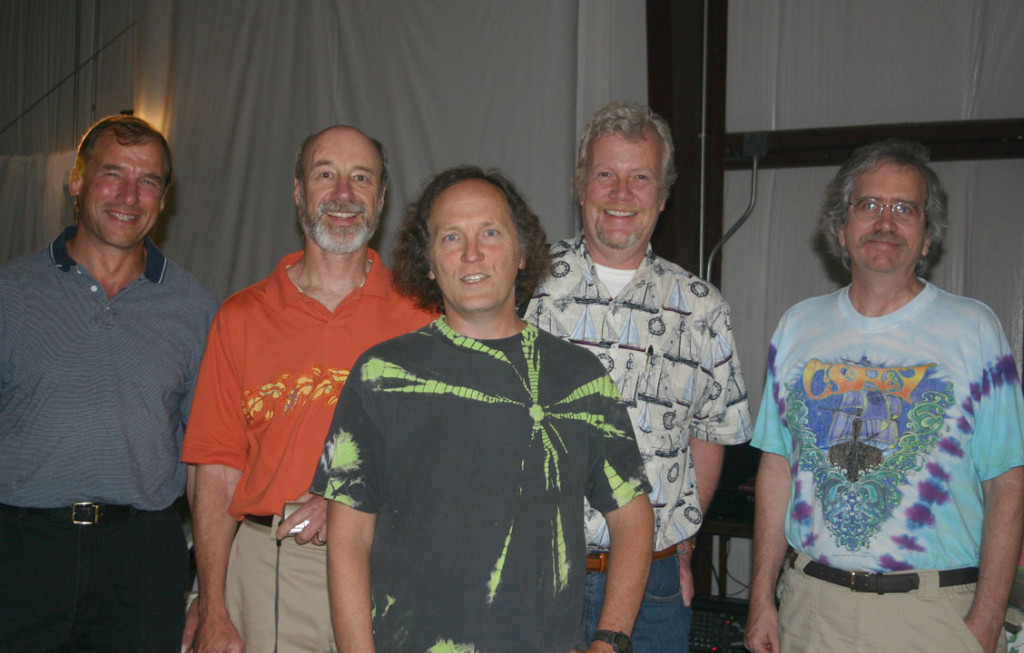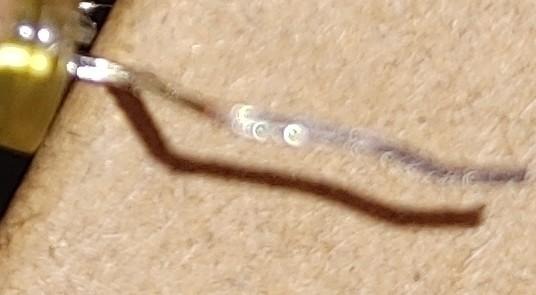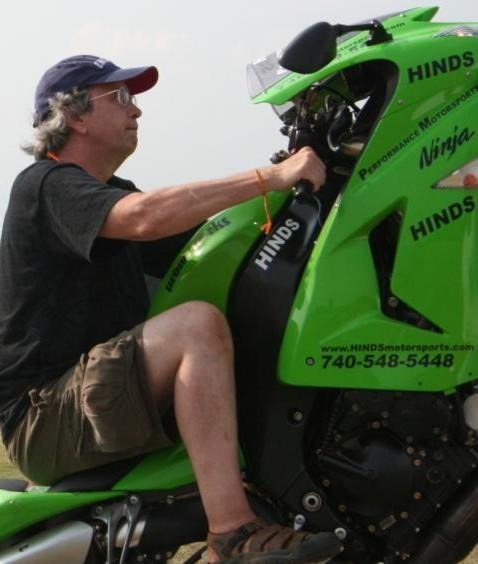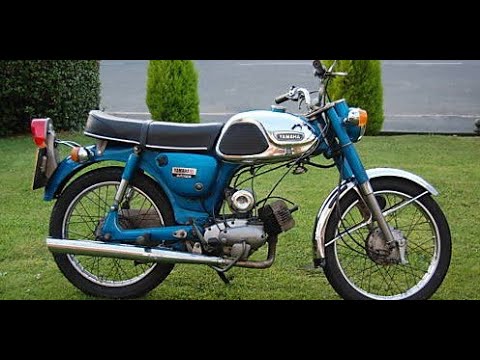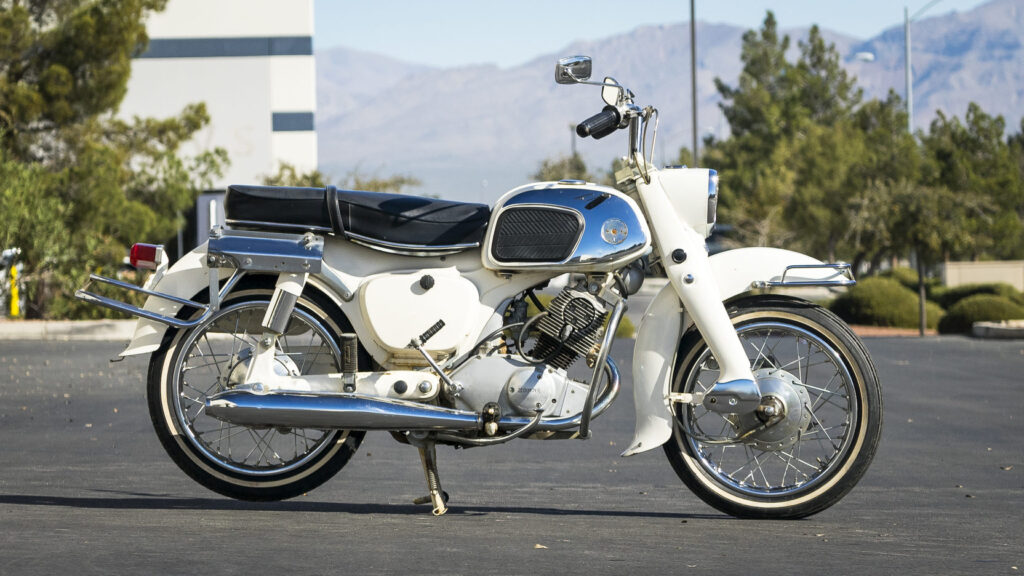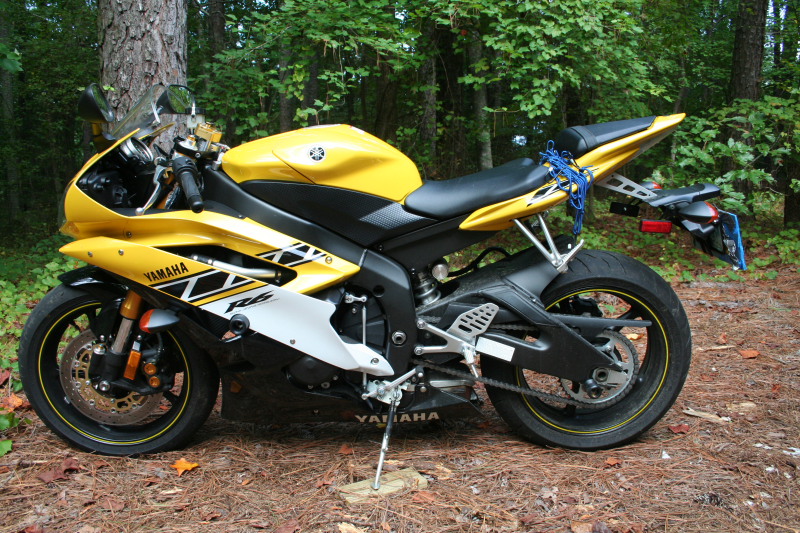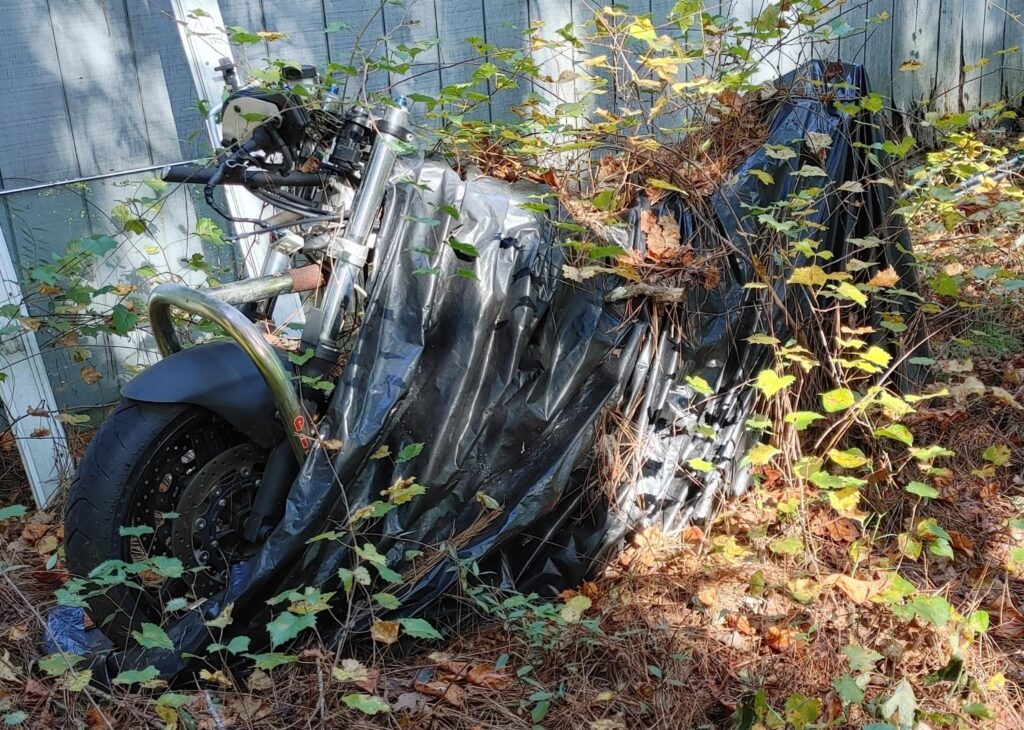Steve Goldman was still at SCI Systems (that had acquired part of Business Application Systems, the first startup we both worked at) while I was at a second startup called Network Products when we were offered positions at a new startup called Encore Computer in 1984. This was less than a year after its founding and very early in its process of acquiring and pulling together a set of organizations:
- Hydra Computer Systems, a maker of symmetric multiprocessor (SMP) computer systems and developer of a multiprocessor version of BSD Unix in Natick, Mass.
- Resolution Systems, a maker of somewhat smart computer monitors in Marlboro, Mass. Together with the Hydra guys, eventually laid off when the Marlboro plant was closed after most of the company resided in south Florida (after Encore swallowed the Gould Computer Systems Division whale using Japanese money).
- Foundation Computers, a maker of a fourth generation application development language in Cary, NC. Sold to Unisys in 1985.
- ?? (forgot name) A network appliance maker, in particular the original creator of the Annex network terminal server, based in Marlboro, MA. Sold by Encore to Xylogics in 1986 as one of the all time bone head business moves of the 20th century.
- ?? (forgot name), a development shop porting Unix System V Release 4 (SVR4) based in San Diego, CA. These guys (originally Larry and ? but later maybe two other guys for four total). Laid off, discovering their layoff via an announcement by Ken Fisher at a trade show!
- ?? (forgot name), a group of consultants associated with Carnegie Mellon in Pittsburg, PA. These guys moved up to Marlboro or went on to other things as far as I could tell.
Although Steve Goldman and I were hired by Earl Gilmore1, cofounder of Foundation, our charter from the beginning was development of the third generation computer languages for Encore’s systems. So from the earliest days we worked in an office in Cary while telecommuting and reporting to Encore’s parent engineering management organization in Wellesley Hills, Mass. Soon after Foundation became part of Encore Foundation got a Vax 11/780 running BSD Unix. That was such a sweet single user system. Unfortunately about a dozen and a half of us shared it and so we each got about an eighteenth of a Vax MIP: a truly miserable situation. It was slower than my first PC (a Southwest Tech 6800). I recall working funny hours for the sake of getting a bigger piece of the computing pie. However, we also got onto Arpanet with domain encore.com, and by virtue of that and our development charter Steve and I gradually accumulated access to hardware at other sites via Arpanet as we also accumulated local hardware resources. As I type this I have no foggy memory of the earliest hardware resources apart from the 11/780 and our dumb terminals. In those earliest days Encore outdid Amdahl for original funding and way way outdid Amdahl in profligate spending. I was disgusted to hear that the executive branch had hired dozens of salesmen way, way, WAY before having product to sell. What a cushy job I imagined, to visit prospective clients and spin tales of Encore’s products to be more than a year before the hardware transitioned from vaporware.
Suddenly in 1985 the insane burn rate caught up with Encore and they sold Foundation to Unisys. Steve’s reaction was to load up his hang gliders and drive to Oregon and back with wife and friend, flying their gliders at various places along the way. Meanwhile, I found the cheapest office space in Cary and filled it with the furniture and equipment we’d accumulated. By pure luck a byproduct of my previous startup, Network Products, had been creation of an inexpensive statistical multiplexer. This presented a set of eight asynchronous serial ports on each end of a synchronous leased phone line. I got a line and had one mux connected on the Massachusetts end (by this time at the Marlboro, MA site) with the other and connected at the Cary office. This gave us 960 bytes per second bandwidth in each direction. I got two of the Resolution terminals that put three logical screens on one very large physical screen with each logical screen connected to a separate mux port. The two remaining mux ports were connected to a system in Marlboro to drive a printer and a dialout modem on our end. On the Marlboro end we were connected to a 16 processor Multimax (Encore’s SMP product name in the early days) that was the beta test system named ?. Another Multimax hosted the Unix kernel and hardware developers and it was named Pinochio. Pinochio was the alpha test system and crashed many times a day while our beta system made it through the average day with only one or two crashes in the months after the Multimax hardware and the BSD port were first brought up. This was the ultimate “eat your own dog food” experience and the pressure on us getting the C compiler’s code generation right was enormous. One of the first parallel applications developed at Encore was our version of fsck. With 16 fsck processes running in parallel the filesystems could be fixed up fast to hasten the reboots after a crash!
Encore was intent on selling heavily into education markets and at the time that meant support for the Pascal language was a must have. BSD Pascal, created by Bill Joy and others, had major drawbacks from the point of view of Steve and I. In retrospect, while BSD Pascal genuinely stunk like a skunk, an imaginary better management should have told us to hold our nose and bundle it while turning attention to an implementation of Fortran that generated parallel code. But this assumed the imaginary management had a generous helping of precognition.
We got approval for development of a Pascal implementation using Oregon Software Pascal as a starting point while embracing Green Hills for its C compiler (and its Pascal that compiled the C compiler as it was itself a Pascal program but not standardized and so the Oregon Software compiler would not compile the Green Hills compilers). We got a source license from Oregon Software for free in return for giving them a new code generator and other improvements. Oregon Pascal had a very much stronger front end that would give students a fighting chance to correlate a compiler error message to the defect in their code that caused it and that would compile a great deal faster to give them merciful turn around times.
I got to write the back end of the compiler that translated the internal program representation into relocatable machine code targeting the National Semiconductor NS32k series of microprocessors. The NS32k architecture was the sweetest I’d ever encountered by a wide margin, being more regular than the Motorola 68k. One loopy detail that kept me busy was the fact that floating point literals in the instruction stream were stored in big endian byte order while the rest of the processor was little endian. Coupled with the fact that our development process required a lot of rehosting/retargeting steps where some hosts were big endian and some small I ended up with quite a collection of routines for manipulating instructions until we finally were running on the Encore machine and generating code directly for it. At this point the compiler was compiled by itself without any cross development tools. This compiler did not rely on an assembler: it output object files. To us this was a no brainer that gave a substantial performance edge. It’s funny how a large fraction of current main stream compilers go through an assembly phase. In fact I can’t think of a single one that compiles to machine code without using an assembler.
We finished the compiler and got it certified as ANSI compatible and it was an excellent tool for instruction at Encore sites like the University of Minnesota in Deluth. We had many friendly phone calls with the folks in Deluth and got first hand accounts of what it was like in the winter alongside Lake Superior (making my winters spent in Massachusetts seem like a equatorial vacations by comparison). Unfortunately for us all, Encore’s sales force was less than feeble and did not establish an education market that moved the sales needle.
But there was one interesting accomplishment stemming from the fact that Steve and I and others in the compiler group were able to keep entirely focus on our products: we ran out of bugs. Were were able to put out release notes that declared “no known bugs”. After more recently working on Java for years with a bug pile the size of a mountain it’s almost dream like to have been involved with nontrivial code bases with no bugs. Part of the reason why we got bug free and kept bug free was that we had regression test suite collections that were insanely large, and we required development of new tests for new features. And we had a big rule: nothing leaves the company without going through the regression tests. One of the Fortran tests was compiling and running a 737 simulator. I don’t recall how we got a copy of that, but I’m sure it wasn’t via a “front door”. We compiled the Pascal compiler through itself to multiple generations and compared the code generated for generation X with that of X-1. We were quality fiends in retrospect. It simply never got into our part of the Encore culture to ship broken software if we could avoid it and we did our best to avoid it.
For C, C++ and Fortran we ported Greenhills compilers that already had a 32k code generator. The C++ compiler was quite involved and luckily we had excellent folks in the group by that time like Jonathan Polito. We also ported Greenhills Pascal in order to compile the others. But Green Hills Pascal wasn’t even as attractive as BSD Pascal and so we never considered developing it into a product.
I just recalled one side trip I took in the very early days with Greenhills Fortran. For reasons that are long lost Greenhills supplied its own libm (math library) to to link against. Actually, the reason was clear: it was to win benchmarks. One reason it won benchmarks was that the transcendental functions (e.g. cosine) were written to execute fast. A math thing called a Taylor Series was used for these transcendentals and very few terms were used. The precision was terrible. It was so bad some of our earliest customers flagged it as a show stopper. So I found a decent book and rewrote parts of libm to have very much better precision while still runing as fast as possible. Benchmark performance suffered but our customer applications ran correctly.
One exciting piece of work we did with the Green Hills compilers was to make them automatically generate parallel code. That is, the compiler would see a loop, figure out the induction variable (the variable governing the iterations) and arrange to spawn threads of control for groups of iterations in parallel. There was some heavy duty global code analysis that had to happen to pull this off and I won’t go into it here. Steve did the heavy lifting while I was split between some of that development and more of the maintenance.
At some point it occurred to us to make the compilers themselves parallel. We split the compilers into five pieces and had each piece run on its own processor. This might possibly have led to publication. At the time Steve and I never gave any thought to publishing about our development work, but that’s another story. Anyway, our parallel compilers did not perform as expected. This turned out to be because our use of shared memory between the processes tickled a weakness in Encore’s BSD Unix kernel, causing thrashing (most likely of TLBs). At the time we had a vague understanding and called it the mystery overhead as we tried to get help from the kernel guys to understand it. We never figured a way around this. It’s real shame we didn’t publish our work as it was possibly novel.
One other thing that I did that I should have published about was to make the Pascal product automatically run user compilations in parallel with scheduling. Using some shared memory magic the compiler processes communicated with each other and agreed to when to execute compilations to get as many done as possible without overloading the system. So if there were twenty compiler users on an eight processor system I kept the “load factor” (number of concurrent active compiler processes) at or below some number that I’d empirically determined to be the “sweet spot” for throughput. I never even revealed that feature in the user documentation: it was just automatic and silent in its operation. This was 1986 or 1987.
Our part of the company responsible for the four languages grew from two people to a peak of 11 before shrinking down and going into caretaker mode.
Later we migrated from 32k to Motorola 88k products. I think that was the end of the road for the Oregon Software port, as I don’t remember them having an 88k back end and we didn’t create one. But at that point we were going after the simulation market with military contractors like Hughes Aircraft and nobody cared about Pascal in the field anymore.
At some point we upgraded the leased line to Marlboro from 9600 to 56k baud and with that boost of speed we were able to run X terminals. But we had a great deal of hardware in Cary by that time and were no longer at the mercy of the serial connection. The Network Products multiplexers never missed a beat. They just ran and ran, 24/7 until we were acquired by Sun Microsystems 12 years later. I was pretty satisfied as I’d written a large fraction of the firmware for those two boxes.
References:
- Forest Earl Gilmore was the director of software development at Data General in the mid 1970s and my second level manager when I worked there working on a commercial language system. He was cofounder of Business Application Systems that spun out of Data General in late 1977 with a charter to make a portable operating system (“BASport”) and rich set of business applications that could be “written once and run anywhere” with the relatively easy ports of a virtual machine and kernel OS to each new hardware environment. Following that Earl cofounded Foundation Computer Systems, a developer of a fourth generation computer language designed to make application development a drag and drop experience. Encore Computer acquired Encore and later sold Foundation to Unisys, at which point Earl left to be an independent entrepreneur. Tragically a very aggressive cancer took Earl’s life when he was in his mid 40s. Earl was an extraordinary human being.

